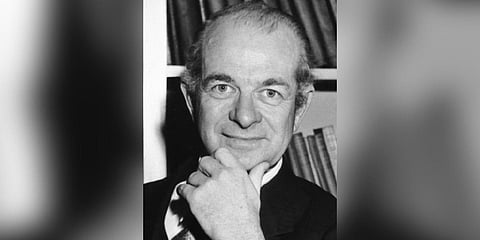

Linus Carl Pauling is among a select few luminaries who have received more than one Nobel Prize during their lifetime, having been awarded a Nobel for Chemistry and Peace in that order. Born on February 28, 1901, in Portland, Oregon, in the US, Pauling developed a deep interest in chemistry after he beheld experiments performed by a friend, Lloyd A Jeffress, through the latter’s small chemistry lab kit.
In high school, Pauling conducted chemistry experiments through scrap equipment that he had gathered, developing his knowledge in that scientific discipline. Pauling entered the Oregon State College in 1917, receiving a B.Sc. in chemical engineering in 1922. In 1926, he was awarded a Guggenheim Fellowship to travel to Europe, to study under German physicist Arnold Sommerfeld in Munich, Danish physicist Niels Bohr in Copenhagen, and Austrian physicist Erwin Schrodinger in Zurich.
Pauling became interested in how quantum mechanics might be applied to the electronic structure of atoms and molecules. Through the 1920s, Pauling published papers on the nature of the chemical bond.
During 1937-38, he took a position as George Fischer Baker Non-Resident Lecturer in Chemistry at Cornell University, where he delivered 19 lectures and completed the bulk of his great published work -- ‘The Nature of the Chemical Bond’, which eventually became a reason for his Nobel Prize in Chemistry in 1954. Part of Pauling’s work on the nature of the chemical bond led to his introduction of the concept of orbital hybridisation. Pauling was also one of the founders of the fields of quantum chemistry and molecular biology.
Meanwhile, Pauling’s greatest achievement came in 1949, when his team discovered the molecular basis of sickle-cell anaemia. He continued to work on the molecular structure of amino acids and, in the early 1950s, determined the large-scale structures of many proteins, the “alpha-helix”. He also worked, though unsuccessfully, on the structure of DNA.
Throughout these aforesaid years, Pauling led a life of activism too, for a better world. In 1962, he was awarded the Nobel Peace Prize for his work against the use and proliferation of nuclear weapons. Pauling passed away on August 19, 1994.